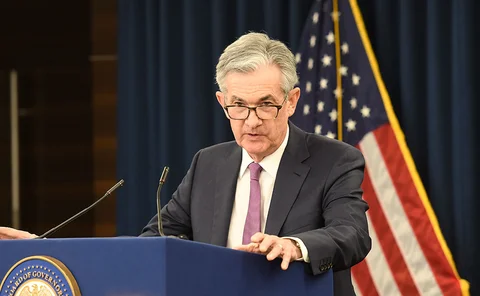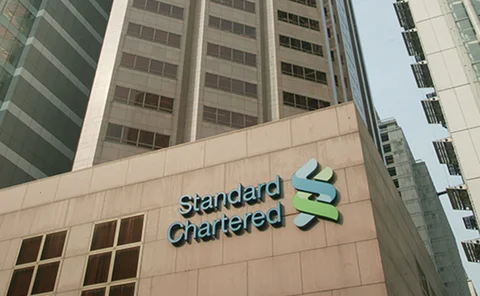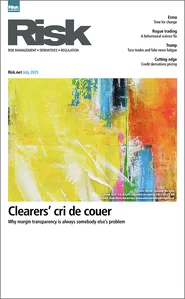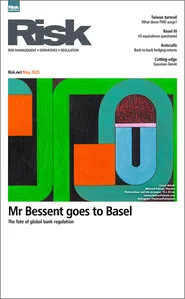Asia Risk - Nov 2017
November 2017 issue features articles on: how Asia buy-side firms are paying a margin premium in derivatives deals when posting securities in non-core currencies; modified Korean autocallables are undergoing a resurgence; Japan asset managers in a bind over Mifid II research rules; an interview with ANZ’s Mark Whelan; and the wrangling over the transition from Libor to a new benchmark
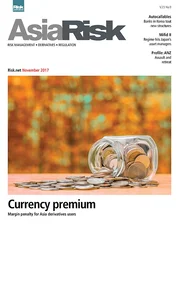
Articles in this issue
Asian regulators need to step up to swaps challenge
Markets on the cusp of change require new supervisory capabilities
Asian banks cry foul over FRTB’s currency risk weights
Basel’s risk weights under SBA said to unfairly penalise banks reporting forex risk positions in non-G3 currencies
Fed’s Powell: Libor death is ‘big stability risk’
Speaking to Risk.net, Fed chair nominee flags Libor dangers for FRNs, loans and other products
CCPs say central bank access needed to avoid liquidity crisis
Uniform access to deposit accounts and overnight liquidity vital, say market participants
Citi hits hurdle in bid to apply China close-out netting
Chinese derivatives counterparties refuse to amend documentation to apply a netting opinion
People moves: StanChart shuffles senior execs in Asia
Also: Ramachandran’s permanent role at Westpac; UOB hires in structured finance; SSGA adds Yung for strategy; and others
Mifid II research unbundling hits Japan’s asset managers
Japanese and European investors may face different payment models for investment research
Asian buy side faces non-cleared margin currency penalty
Global banks charge premium for accepting local securities instead of major currencies
Banks tout new structures amid Korean autocall resurgence
Modified structured products still popular as banks learn lessons of China crash
ANZ’s Whelan on China, data science and ROE
Risk30: markets business at ANZ is picking new targets
The fraught search for a Libor fallback
Banks and buy side disagree over how to prepare for Libor’s death
Long stay parking: G-Sibs seek BRRD swap stays exemption
Resolution authorities do not want systemic implications of extended moratorium, say banks
Calibrating Heston for credit risk
Marco de Innocentis and Sergei Levendorskiĭ describe a faster and more accurate method for market-implied calibration of the Heston model


